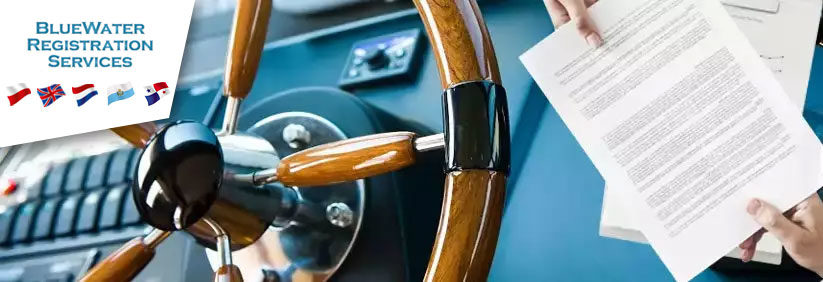Need an EU VAT Certificate for Your Yacht?
We Can Assist with EU Boat Imports
If you’ve bought or own a boat from outside the European Union (EU) and want to bring it into an EU country, you must pay VAT. The good news is that once you pay VAT in one EU country, it covers all EU countries. You can use your boat freely across EU waters without paying VAT again.
We make the VAT process easier by importing your vessel through the Netherlands. For a small fee of just 475,- euro, (plus VAT) our specialized accountant will handle all communication and documentation with the Dutch Tax Department.
Based on the provided documents and data our specialized accountant will create the dossier and complete all procedures on which the Dutch customs will assess the yacht’s value and calculate the applicable VAT to secure your official EU VAT Paid Certificate.
A significant advantage of importing your yacht into the EU through The Netherlands is that the process does not require the physical presence of your yacht in The Netherlands. This can be conveniently managed from any location worldwide.

Process Overview
- VAT payment in The Netherlands (21%).
- For yachts under 12 meters, an additional 1.7% import duty applies.
- A signed Power of Attorney is required to handle tax and VAT returns on your behalf.
Documents Required
- Copy of your passport or ID card (both sides).
- Copy of the sales agreement in English (or with a translated version).
- Copy of the yacht purchase invoice.
- Copy of your yacht insurance policy.
- Proof of payment of the purchase price of the boat
- In addition it is possible to add a taxation report which was issued by a ISO certified taxation company (but this is not mandatory).
Dutch customs will assess the yacht’s value based on these documents to calculate the applicable VAT.
Common VAT Questions for Boat Purchases
VAT status depends on whether VAT has been demonstrably paid by a private person within the EU.
As an EU resident, avoiding VAT is illegal and can result in heavy fines or boat seizure.
Yes, as an EU citizen, you must pay VAT on any boat purchased within the EU. The boat’s flag does not affect VAT obligations.
Post-Brexit, the UK is now considered a third country. The boat’s registration flag is not the issue—it’s the owner’s residence. To avoid VAT, the owner must live outside the EU, and the boat must be registered and used outside the EU.
EU residents must follow EU VAT regulations, regardless of the flag under which the vessel is registered.
The seller’s invoice serves as proof of VAT payment. This invoice must comply with EU VAT invoicing rules.
No. Doing so constitutes tax fraud. As an EU tax resident, you must follow EU tax rules.
As an EU resident, you’re not exempt from VAT. Non-EU residents may qualify for the Temporary Importation scheme, which allows a boat to remain in EU waters for up to 18 months.
With Temporary Admission, non-EU residents can stay in EU waters for 18 months. After that, you must leave and re-enter to extend the period, up to 10 years in total.
Check the seller’s invoice to verify VAT payment. If the seller is a business, they should issue an invoice showing VAT or a margin invoice.
No. Boats built or used in the EU before January 1, 1985, are considered VAT-paid, but major modifications require proof of VAT status.
Keep the seller’s invoice and any official documentation proving VAT payment. In the Netherlands, this can be obtained from the National Yachts Unit in Vlissingen.
No, registration has no bearing on tax status. Exportation refers to physically taking goods out of the EU customs territory.
If you export the boat outside the EU, you must submit an export declaration to avoid VAT. If the boat re-enters the EU, it is subject to import VAT.
No, VAT is not refundable on goods exported from the EU. Boats intended for export should be sold at 0% VAT.
No, VAT paid on a second-hand boat cannot be refunded when exporting out of the EU.
Yes, when importing a boat into the EU, VAT and customs duties must be paid, even if VAT was paid outside the EU.
Yes, EU authorities can check if VAT has been paid on your boat, and you’ll need to provide proof, such as an invoice or VAT statement.
By understanding and following VAT regulations, you can enjoy sailing in EU waters without unexpected costs. Always ensure you have the necessary documents to prove VAT compliance.
